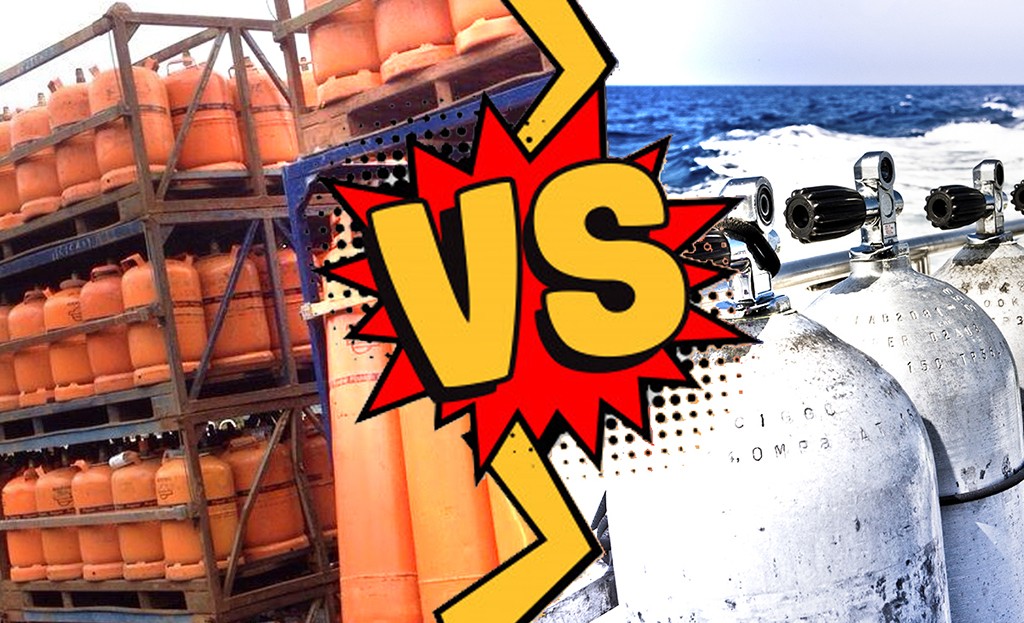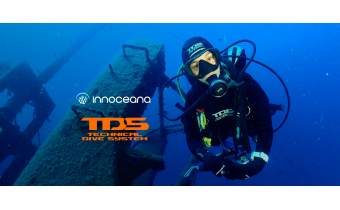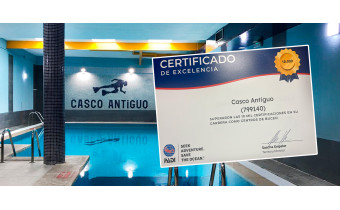
Bottle vs. Cylinder
In a previous post, we talked about how most of us who are in the Diving world get 'triggered' when we hear of "Scuba diving" when referring to our activity, and how we should try to clarify that it this is not entirely correct (in fact, we qualify it as "historical mistake" caused by keeping the incorrect translations of Commander Cousteau's documentaries).
Well, something similar happens when we hear "Cylinder" when referring to the diving bottle. In this case, fortunately, those of us in the diving world agree that it makes our ears hurt and, in fact, we usually 'train' novice divers so they refer to them correctly.
Sometimes, when talking about bottles in an introductory course, a student starts a discussion saying that, according to the definition of a cylinder, it is correct to use that term.
Let us clarify a little: the rigid container used to hold pressurized gas can be called a "cylinder". But if we analyze industry standards and their definitions, we will see that there is a difference between these containers with gas under pressure on the inside. If they have a large diameter and low height, they are known as cylinders. On the other hand, if they have smaller diameter and greater height (curiously, the ones we use in diving) they are called bottles.
In any case, leaving technical definitions and subtleties about diameter aside, what matters most of all is that diving has its own jargon and, within this jargon, we have diving bottles and not cylinders.
We all know that, in nautical contexts (to put a close example), sailors on ships have (or we have) their own jargon: historical and deeply rooted between sea people, where own terms exist and misuse is frowned upon. So for example, if someone says "rope" on a boat, the speaker might get hung from the mainmast (not the 'mast'...). And even if by definition 'rope' and 'line' fit, within marine slang the use of 'rope' is frowned upon, branding the person who uses it as a 'fresh water sailor'. Well, the same thing happens with 'cylinder' in diving. Although by definition the term fits, it is not the term we use in our slang, and it is what we must teach and spread.
Finally, an extra detail. What can be found inside is compressed air, not oxygen (another of the great confusions linked to "cylinders"). In other words, air like the air we breathe, compressed many times when compared to atmospheric pressure, but air nonetheless. Nowadays, with the rise of technical diving, it is possible that some decompression stop-ready bottles contain pure oxygen. However, it is not the norm, and it is something that we rarely see in recreational diving.
 Cookie preferences
Cookie preferences






